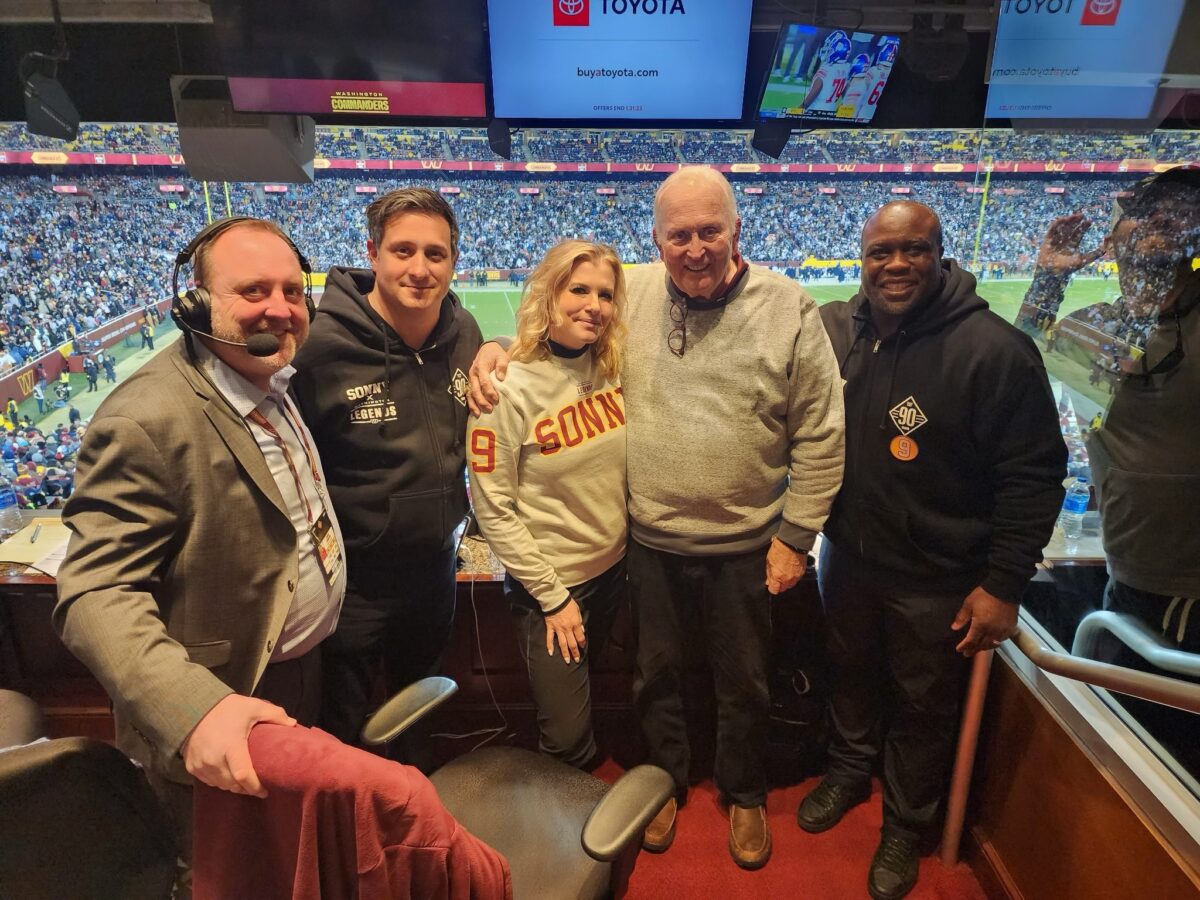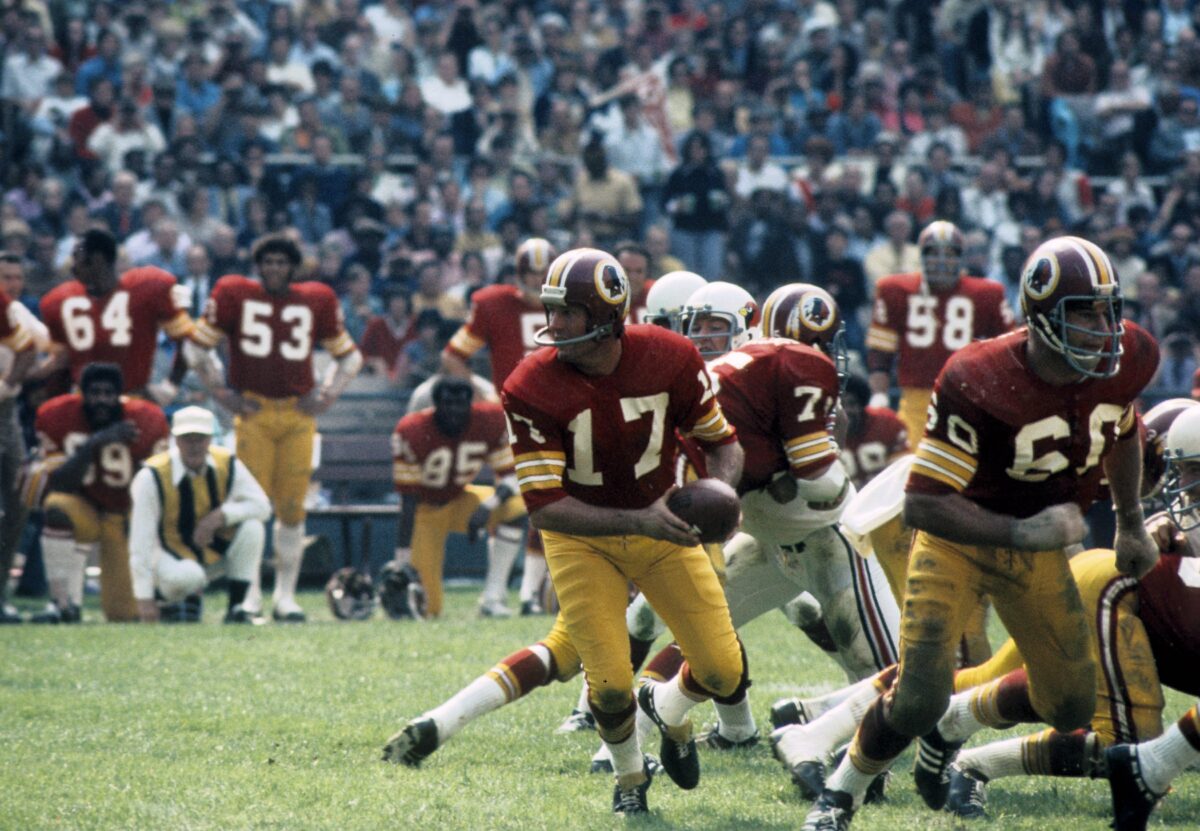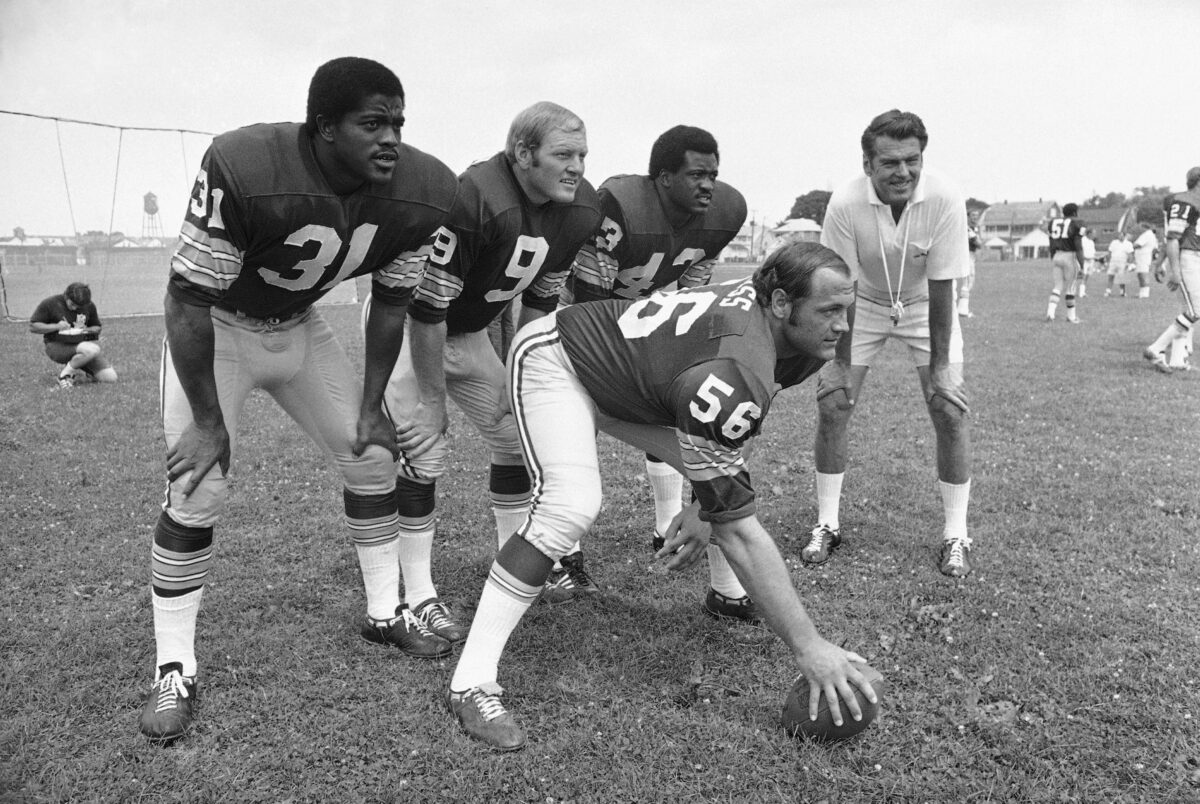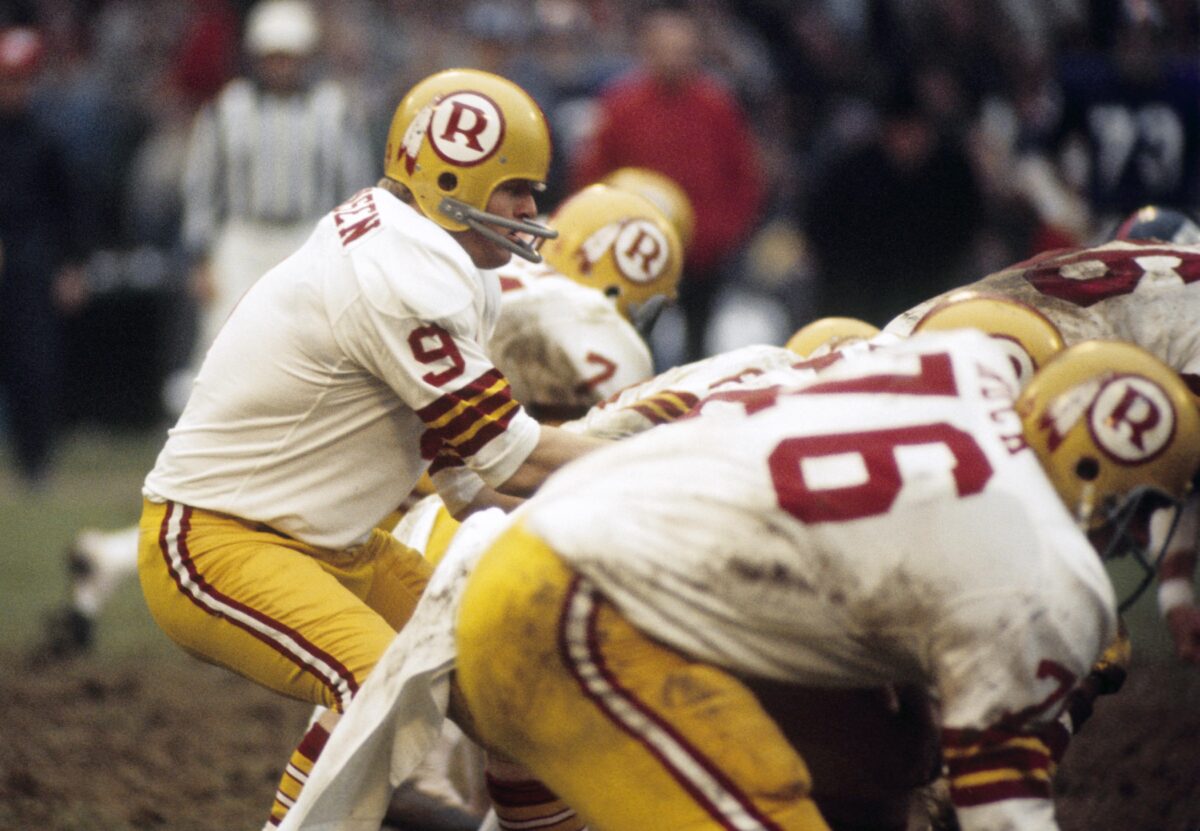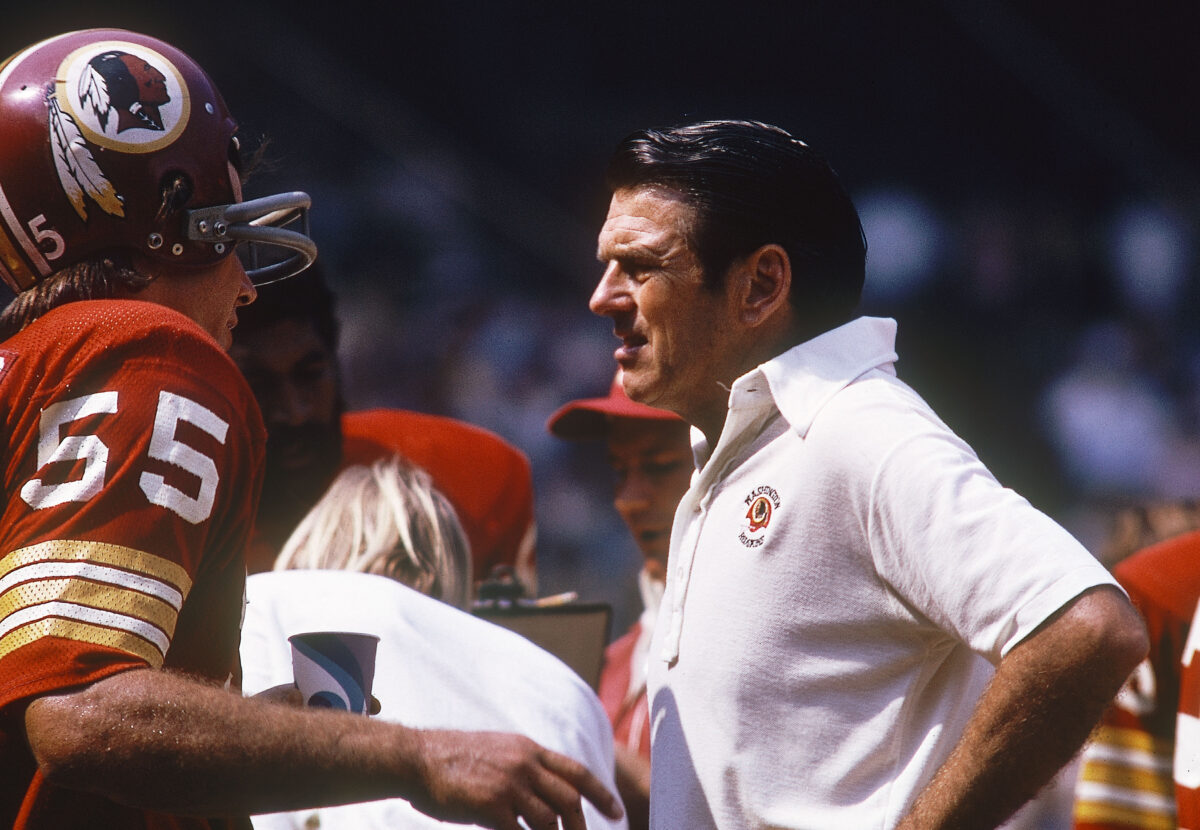Commanders Wire continues a countdown to Washington’s season opener for 2023 in 18 days. Who was the team’s best player wearing No. 18?
Frankly there have been no great players in franchise history to have worn No. 18. But here are four Commanders Wire remembers for various reasons.
Antonio Gandy-Golden (2020-21) was drafted 142 overall by Washington in the 2020 draft. Oh, the NFL analysts loved this draft choice. His hand/eye coordination and his body skills. He was going to surprise so many in the NFL. Instead, nothing materialized. Gandy-Golden, in two seasons, started two games and had one reception for three yards. He retired on his own, choosing to not play a third season. In 2020 he wore No. 10, then No. 18 in 2021.
The Washington Football Team released WR Antonio Gandy-Golden https://t.co/4P9cTIpwcm pic.twitter.com/GRKN6Xda6e
— Around The NFL (@AroundTheNFL) January 1, 2022
Trey Quinn (2018-19) was drafted 256 overall by Washington in the 2018 draft. His highlights displayed a receiver from SMU who could get open and catch anything near him. But in his two Washington seasons, he had difficulty getting open. He ran underneath routes repeatedly, catching 35 passes and averaging 7.8 yards a reception. He did have two touchdown receptions, and his longest reception was 19 yards. Quinn wore No. 14 in 2018, then No. 18 in 2019.
Get you someone that looks at you the way Trey Quinn looks at a catch. #Redskins #TreyQuinnSZN pic.twitter.com/6MB5fQLob1
— Hines (@HinesmanTrophy) May 16, 2018
Josh Doctson (2016-18) was drafted 22nd overall in the 2016 draft by Washington. The DMV was excited because, in his highlights, Doctson exhibited jumping ability, an acrobatic flare and had fans envisioning a primary Red Zone target. In three Washington seasons, Doctson had 81 receptions for 1,100 yards (13.6 yards per reception) and 8 touchdowns. Washington drafted Terry McLaurin in 2019, attempted to trade Doctson numerous times, found no takers and waived Doctson in the preseason.
2016 first-round WR Josh Doctson cut by Redskinshttps://t.co/LrSJj6DCMW pic.twitter.com/NTDFUU8NEX
— Around The NFL (@AroundTheNFL) August 31, 2019
Sam Wyche (1971-72), after playing for the Bengals for three seasons, was brought to Washington by George Allen. When Sonny Jurgensen tore his Achilles tendon in 1972, Wyche became the second quarterback and holder for kicker Curt Knight. Wyche, in two regular seasons, never attempted a pass. It is Wyche who was caught on film of the 1972 NFC Championship game 26-3 win over Dallas screaming, “Die you dogs, Die! Die, you yellow dog, Die! All right, he died!” Wyche spent the 1973 season on the Taxi Squad, his last in Washington. In 1988 he was the head coach of the AFC Champion Cincinnati Bengals.
Commissioner Sam Wyche – QB – 1972 NFC Champions #Redskins #NFL pic.twitter.com/KRDjIVq0
— Bridge Builder Excellence Community (@scbridgebuilder) January 27, 2013


